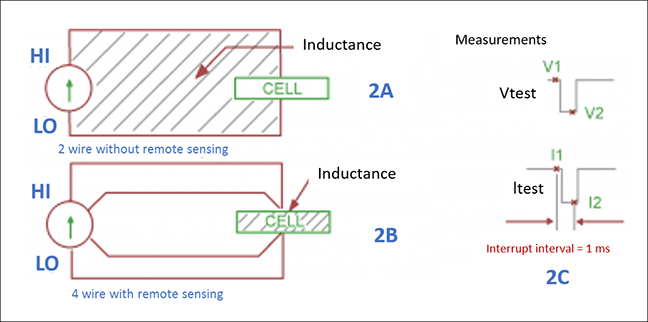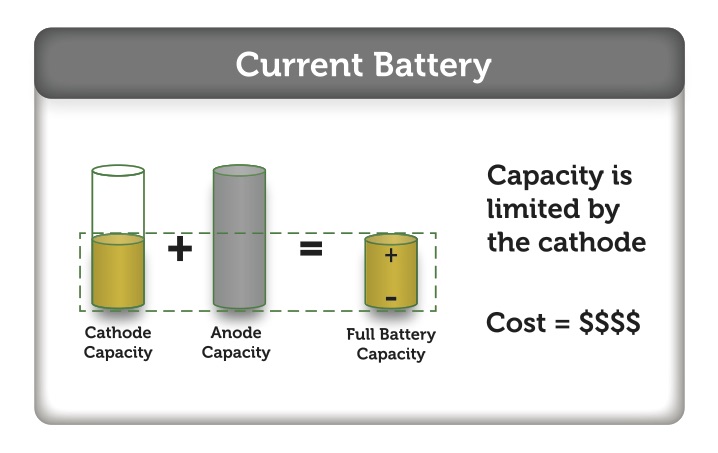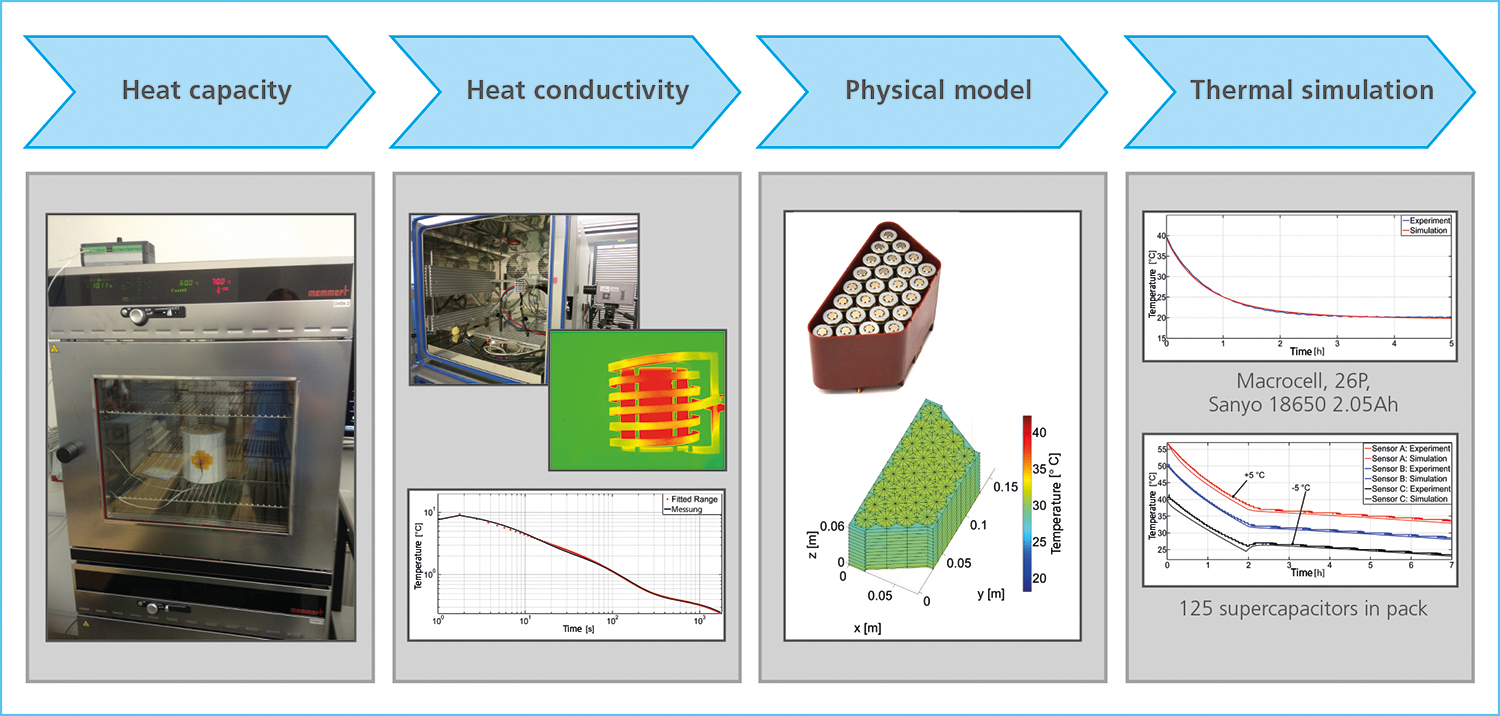Ron Demcko • AVX Fellow
Patrick German, Field Applications Engineer • AVX Corp.
The continual addition of smartphone features and functionality, combined with users’ growing dependence on them for both business and personal use, has made battery life and reliability increasingly vital. The digital transmission signals that these devices rely on to operate require quick pulses of current from the battery. However, these pulses can also cause the battery’s instantaneous voltage to drop below the phone’s minimum operating voltage, which can temporarily interrupt the flow of power from the battery. To solve this problem, engineers performed a series of tests on multiple battery chemistries to determine whether placing a supercapacitor in parallel with the battery could effectively improve the life of the battery and the quality of the power it provides.
Read more about Enhancing Smartphone Battery Performance During GSM Pulses Through The Use of a Parallel Supercapacitor …











